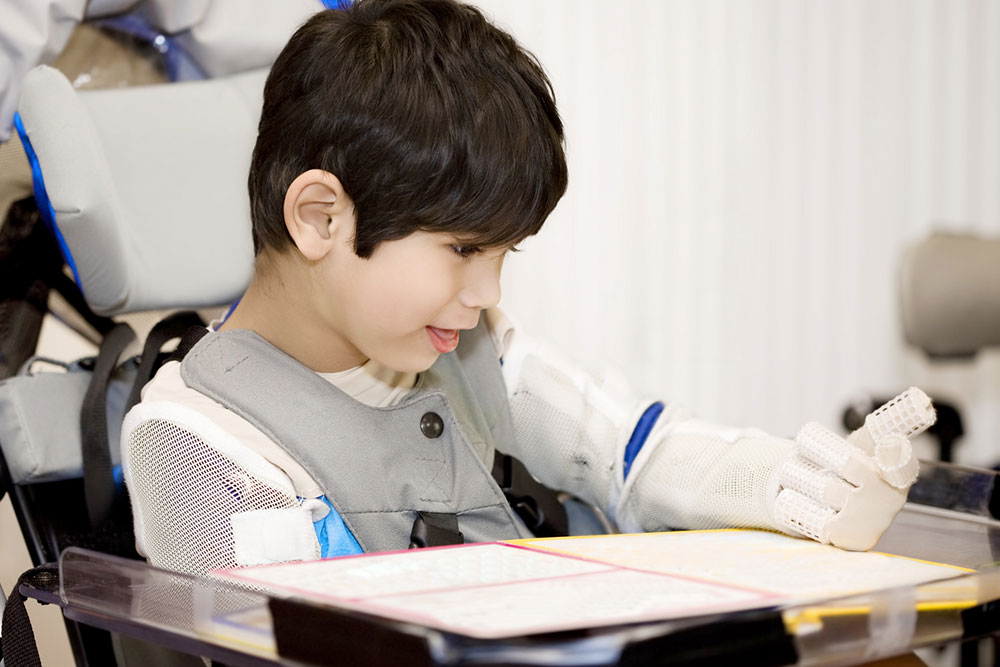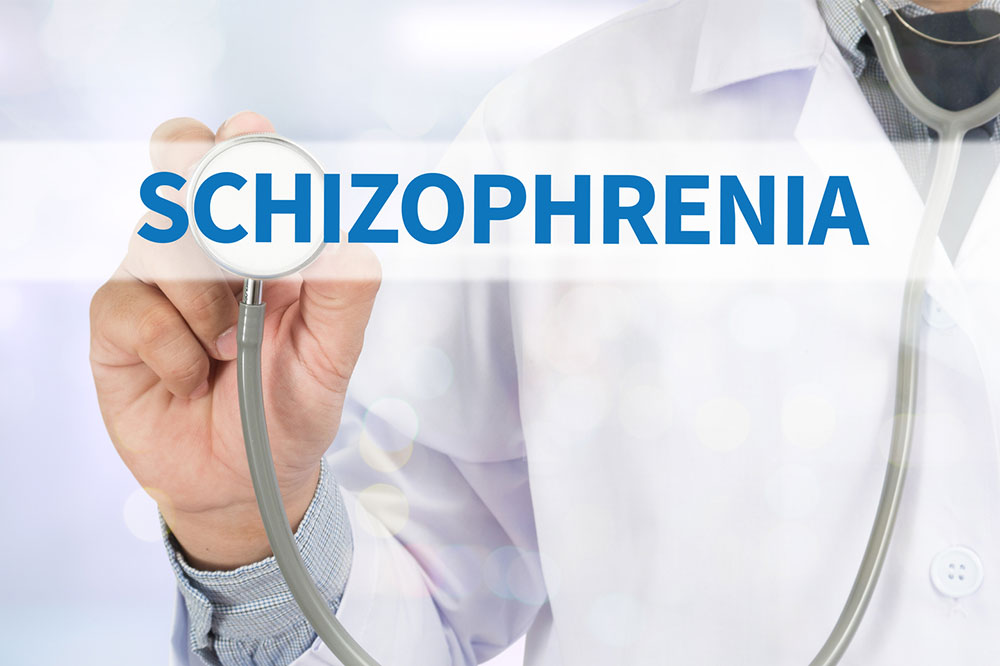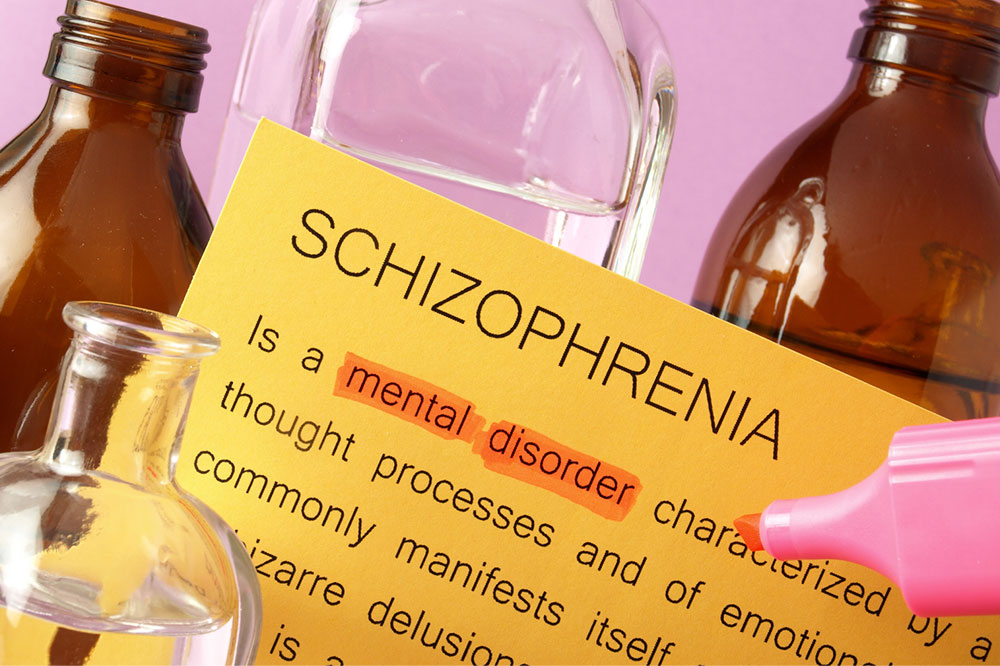Comprehensive Guide to Cerebral Palsy: Recognizing Symptoms and Exploring Treatment Options
This comprehensive article provides in-depth knowledge about cerebral palsy, covering its causes, symptoms, and various management strategies. It emphasizes early diagnosis, multidisciplinary treatment options, and supportive care to enhance quality of life for affected individuals. The guide aims to educate caregivers, parents, and healthcare professionals on effective ways to manage this complex neurological disorder and improve functional outcomes.

Comprehensive Guide to Cerebral Palsy: Recognizing Symptoms and Exploring Treatment Options
Cerebral palsy (CP) is a complex neurological disorder resulting from damage to, or abnormal development of, the brain’s motor regions. It is a common condition affecting children worldwide and can significantly impact movement, posture, and overall bodily functions. Although cerebral palsy is a lifelong condition, early diagnosis and personalized treatment strategies can greatly improve quality of life and functional independence for those affected.
Understanding the underlying causes of cerebral palsy, recognizing its diverse symptoms, and knowing available management options are vital for caregivers, healthcare providers, and families. This comprehensive guide aims to provide detailed insights into cerebral palsy, covering its symptoms, how it is diagnosed, and the various treatment approaches that can help patients manage their condition effectively.
The Underlying Causes of Cerebral Palsy
Cerebral palsy results from brain injury or abnormal development that occurs either before, during, or shortly after birth. Common causes include maternal infections during pregnancy, premature birth, lack of oxygen during delivery, or brain malformations. In some cases, the exact cause remains unknown. The damage affects motor control centers of the brain, resulting in the physical and neurological symptoms characteristic of CP.
Typical Symptoms and Signs of Cerebral Palsy
The symptoms of cerebral palsy vary widely based on the severity and the part of the brain affected. Manifestations can range from mild to severe and usually become apparent during infancy or early childhood. Recognizing these early signs is crucial for prompt intervention. The hallmark features include:
Muscle Tone Abnormalities: Increased muscle stiffness, also known as spasticity, is common. Children may have difficulty relaxing their muscles, leading to stiff or rigid movements. Alternatively, some may experience low muscle tone, resulting in floppy limbs.
Impaired Movement and Motor Skills: Symptoms include unsteady gait, crossing legs while walking, or adopting unusual postures. Fine motor skills such as grasping objects or speech coordination can be impaired.
Involuntary Movements: Jerky, erratic motions may be observed, including tremors or quick, repetitive movements, especially in limbs.
Walking Difficulties: Gait abnormalities like wide-based walking, crouched postures, toe-walking, or dragging a leg are prevalent. Some children may prefer one side, leading to asymmetrical movements.
Coordination and Balance Challenges: Maintaining stability during standing or walking can be difficult, increasing the risk of falls.
Speech and Swallowing Issues: Speech delays, difficulties with articulation, or problems with swallowing are typical in many cases.
Developmental Delays: Motor milestones like sitting, crawling, or walking may be delayed. Cognitive development can also be affected, leading to learning disabilities.
Visual and Hearing Impairments: Brain injury may cause problems with eye movements, reduced visual acuity, or hearing deficits.
Seizures: Some children may develop epilepsy, experiencing recurrent seizures that require medical management.
Recognizing these signs early and conducting comprehensive assessments with healthcare professionals is essential for diagnosis and initiating suitable therapies.
Diagnostic Procedures for Cerebral Palsy
Diagnosing cerebral palsy involves a combination of physical examinations, developmental assessments, and imaging studies such as MRI or CT scans. Early diagnosis allows for earlier intervention, which can significantly improve outcomes. A multidisciplinary team including neurologists, pediatricians, therapists, and psychologists collaborates to develop a tailored treatment plan.
Management and Treatment Strategies for Cerebral Palsy
Although there is no cure for cerebral palsy, various treatments aim to manage symptoms and improve functional abilities. The key to effective management lies in early intervention and ongoing multidisciplinary care tailored to the individual's needs. Treatment options encompass medication, therapy, surgical procedures, and supportive measures.
Pharmacological Interventions: Medications such as muscle relaxants, antispasticity agents, and anticonvulsants help reduce muscle stiffness, spasms, and seizures. Carefully monitored medication regimens are critical to avoid adverse effects.
Physical and Occupational Therapy: These therapies focus on improving muscle strength, flexibility, coordination, and mobility. Custom exercises and assistive devices can help children achieve greater independence in daily activities.
Speech and Language Therapy: Essential for children experiencing speech delays or difficulty swallowing. Speech therapists work on communication skills and safe swallowing techniques.
Surgical Options: For severe spasticity or deformities, surgical interventions such as orthopedic surgeries, nerve blocks, or selective dorsal Rhizotomy (SDR) can be beneficial. Implanting deep brain stimulators or other devices may also be part of advanced treatments.
Alternative and Complementary Approaches: Many families incorporate home remedies or lifestyle modifications to enhance treatment outcomes. These include:
Exercise and Yoga: Regular, gentle physical activities help improve muscle tone, flexibility, and circulation.
Epsom Salt Baths: Soaking in warm water infused with Epsom salts can soothe muscles and reduce inflammation.
Hot and Cold Therapy: Applying heat packs or ice packs can relieve muscle pain and stiffness.
Supporting the Well-being of Children with Cerebral Palsy
Beyond medical treatments, creating a supportive environment is essential. Adaptive devices like wheelchairs, braces, or communication tools can enhance participation in daily life. Emotional support through counseling and community resources also plays a crucial role in improving the quality of life.
In conclusion, understanding cerebral palsy, its symptoms, and available treatments empowers caregivers and healthcare providers to provide effective care. Early intervention, personalized therapies, and a multidisciplinary approach are key in helping individuals with CP lead fulfilling lives and reach their full potential.





